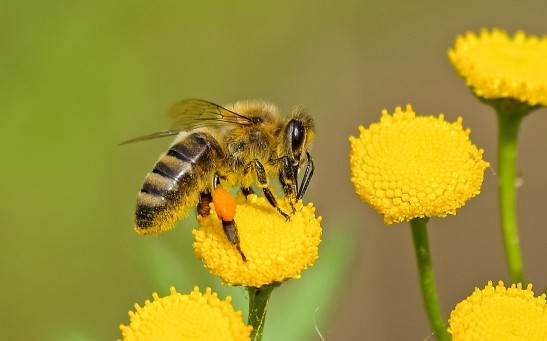pollination
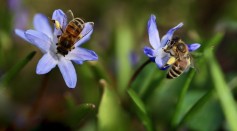
Innovative Tech Firm Aims to Revolutionize Crop Pollination, Reducing Reliance on Bees
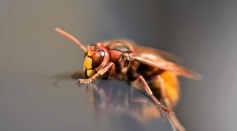
What Do Wasps Do for the Environment? Unveiling the Unsung Heroes Essential to Nature
White Egret Orchid: Rare Flower Species With Frilly Petals To Stabilize Pollination
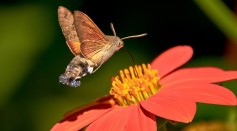
Moths Pollinate More Efficiently Compared to Bees, Study Says
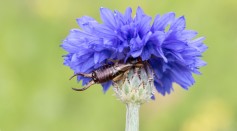
Oldest Known Pollen-carrying Insect Lived About 280 Million Years Ago, Pushing Fossil Records
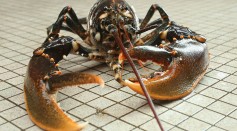
Unlikely Pollinators: Experts Observed Animal-Mediated Fertilization of Seaweed for the First Time

Nighttime Lights May Prolong Allergies and Researchers Explain How
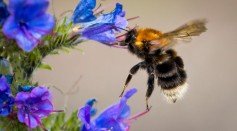
Tiny Bees vs Large Bumblebees: Which Cope Better, Struggle More Against Climate Warming?
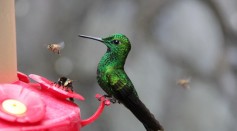
The Secret to Bigger, More Plentiful Coffee Beans Relies on Birds and Bees; Here’s Why
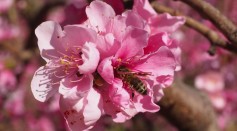
Flowers' Unseen Substance, A 'Bulls-Eye' for Pollinators: How Chemical Changes in Plants Help With Pollination
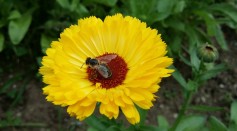
Pollinators' Color Preference Influences Flowers' Color Signals for Pollination; Flowers Compete Over Bees, Flies via Color Evolution
Stingless Bees Discovered by 4-Year-Old Girl Believed to Have Vanished in US Many Decades Ago
Triantha Occidentalas: Flowering Plant Eats Insects Walking up Its Sticky Stalk
Bees, Pollinators, Pollination Under Threat Due to Environmental Pressures: Analysis Cites Agrochemicals Including Pesticides Among the Causes
Most Popular

How Technology Is Changing the Real Estate Industry?

Study Reveals High Turnover in Scientific Research Careers: What This Means for Future Scientists

How a Plant-Based Diet Can Protect Against Breast Cancer: Insights from Nutrition Research

Practical Steps to Future-Proof Your Money to Create Financial Security

